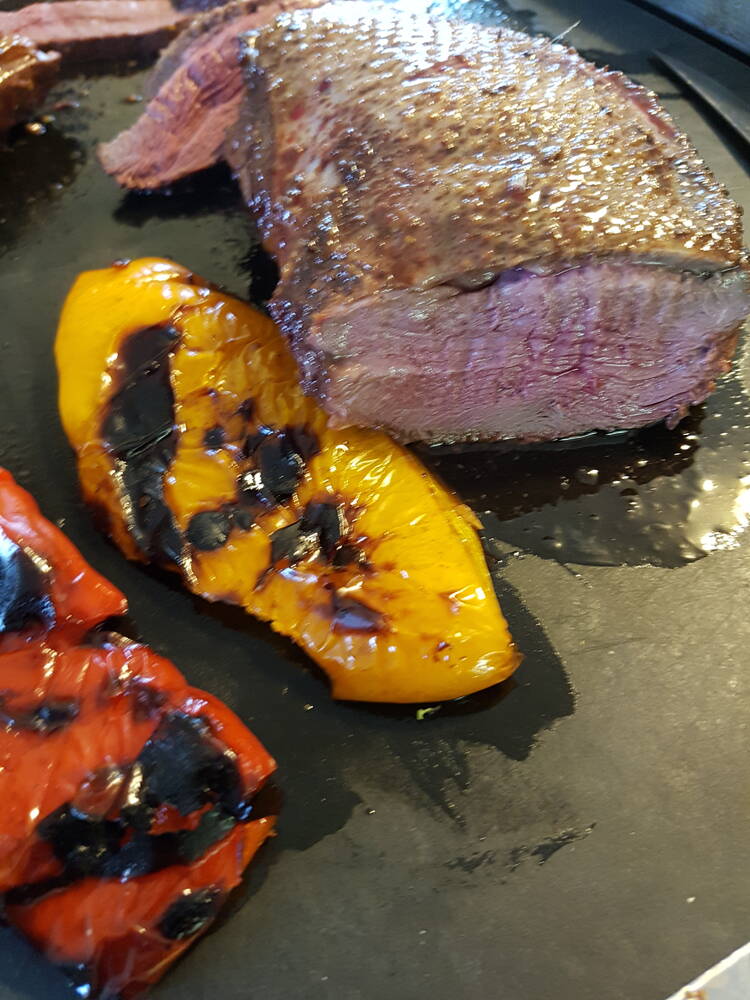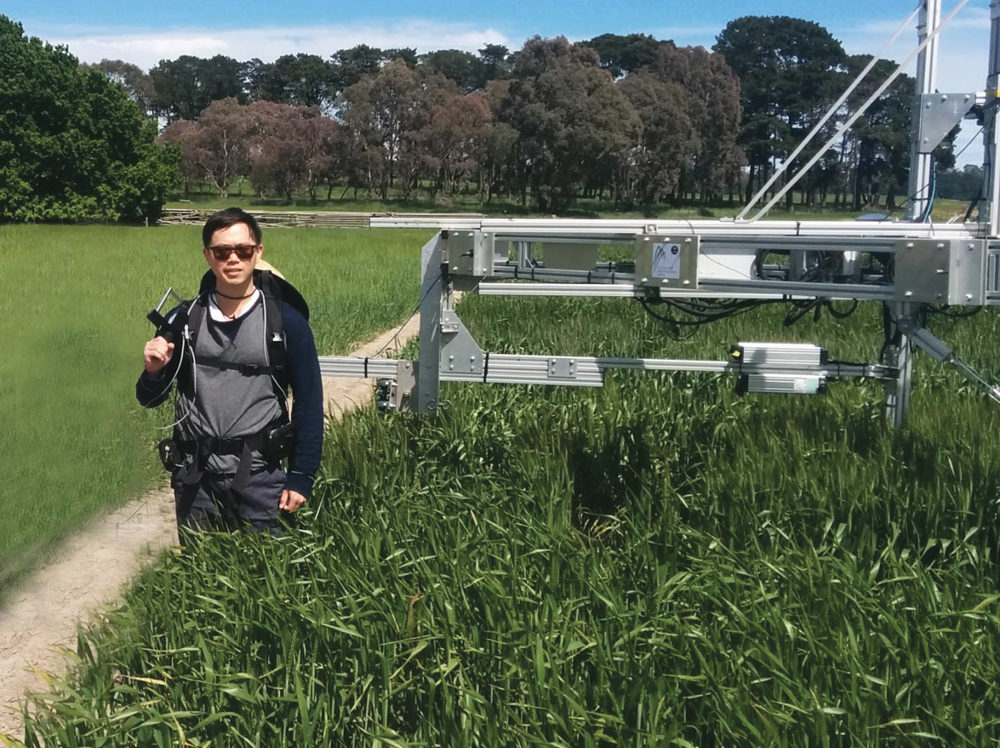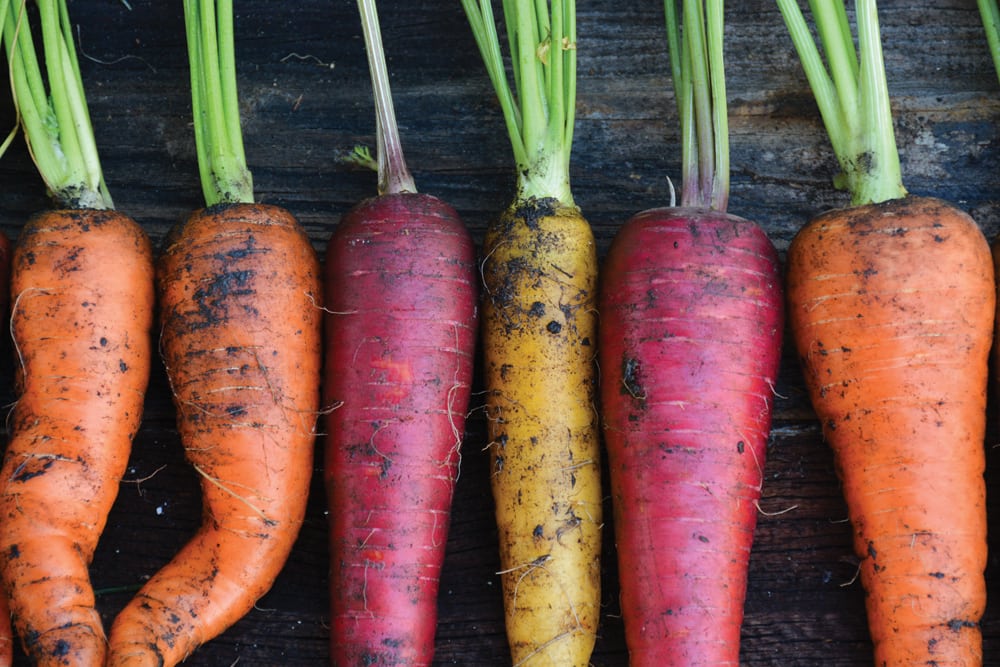We were digging carrots in near darkness last week. It might have been a dreary chore at the end of a long day, but it was a calm, still evening and a brilliant full moon hung overhead. In the dim light our noses picked up where our eyes left off and the sweet, earthy scent of freshly dug carrots was all around us.
In other years, we’ve stashed our garden-grown carrots in sand-filled buckets in the basement. Perhaps our basement is too warm, but we’ve found this a poor storage method. Some carrots keep, but many are soon slimy throw-outs.
Read Also

Giant Canada geese have gone wild in Manitoba
Giant Canada geese are seemingly everywhere and can be fine table fare for local hunters, but 70 years ago, they were borderline extinct.
Wanting to make sure our “harvest moon” carrots last as long as possible this year, and recalling a reference from his bookGardening in All Four SeasonsI called this paper’s garden columnist, Minnedosabased horticulturalist, Albert Parsons, for advice.
Albert says after digging, topping and tailing their carrots, he drops them immediately into buckets of water. This keeps the soil encrusted on the roots from drying and hardening, making them much easier to wash. He then transfers the wet carrots to a wooden box with a screened bottom which he has devised for washing root crops. Sprayed with a high-pressure washer in the screen-bottomed box, the dirt washes
BRAISED CARROTS
Fresh carrots need nothing to boost their flavour when they already taste so good. Yet, it’s a shame to simply boil them when there’s so many other ways to serve them. Here’s a recipe I use often, particularly with older carrots starting to taste a bit like their storage bin.
4 or 5 carrots, scrubbed
and peeled
2 tbsp. butter
Salt and pepper
2 tsp. sugar or honey
A few springs of parsley
1 small minced
garlic clove
Julienne the carrots and add to a pan with the melted butter, sugar, pepper and salt. Add a little water to just cover the carrots. Bring to a boil, then simmer until the carrots are tender. Then raise the temperature again and boil until the liquid starts to thicken and the carrots begin to brown. Transfer to a serving dish and toss with the minced garlic and parsley. Serve immediately. off the wet carrots easily this way. The carrots are then laid out in the sunshine to dry for a couple of hours, before being stashed into plastic bags with a few holes poked through for air circulation. The bags are closed with a twist tie at the top and that’s it; the Parsons’ carrots spend the winter stacked in an extra refrigerator in their garage. Albert told me they stay crisp and good eating for months using this storage method.
“We’re eating carrots out of the fridge until the new ones come the next spring. They do lose a bit of their sweetness as they’re getting older, but they’re still good in soups and stews.”
(Likewise, crisp, sweet store-bought carrots reflect the good storage methods of this province’s large commercial growers. Good storage makes the difference between a carrot that tastes like a carrot, and one that tastes like the storage bin.)
The Parsons do keep saner hours for garden work than we do, mind you.
“We usually leave carrot digging to a nice autumn day in late September or early October,” Albert said. “It’s a wonderful thing to do when you’re surrounded by the fall colours.”
Or moonlight.
CARROT RAISIN CAKE
This is a recipe found inFamily Favourites -Extra Special Recipesproduced by the fundraising committee for Meleb’s park in the Interlake.
3 c. flour
2 c. sugar
1 tsp. salt
2 tsp. baking powder
1 tsp. baking soda
1 tbsp. cinnamon
1 c. vegetable oil
2 c. grated carrots
2 c. chopped raisins
1 c. chopped nuts
3 eggs, beaten
3 tsp. vanilla
Sift the first six ingredients together. Add the remaining ingredients and mix. Pour into a 9 x 13-inch prepared pan. Bake at 350 F for 60 minutes or until done.
ROOT VEGETABLE GRATIN
Virtually all vegetables work well in gratins but root vegetables are especially good for this dish. This is a simple recipe that produces a beautiful sidedish. Don’t be put off by directions for making the white sauce to go on top. It’s easy too.
1-1/2 c. rutabagas,
peeled and sliced
1-1/2 c. turnips, peeled
and sliced
1-1/2 c. carrots, peeled
and sliced
1 medium onion,
chopped fine
1 c. bread crumbs
Oil, salt and pepperFor white sauce:
1 c. milk
1 c. whipping cream
2 onion slices
1 garlic clove, chopped
Any herbs you like,
fresh or dried
5 tbsp. butter
4 tbsp. flour
Salt and pepper
Nutmeg
To prepare vegetables:
Heat oven to 375 F and grease a casserole dish. Boil vegetables until tender. Sauté onion in butter until soft, then add to vegetables. Transfer to baking dish and season with salt and pepper. Pour prepared white sauce over top and add bread crumbs. Bake covered, until bubbling (about 45 minutes), then remove lid for last 10 minutes so crumb topping will brown.
To make white sauce:
Heat 1 cup of milk with the onion, herbs and garlic until it reaches near boiling. Set aside. In another pan, melt butter and stir in flour, then whisk in milk. Continue stirring until mixture thickens, adding nutmeg, herbs and seasonings. Pour in whipping cream.
———
RECIPE SWAP














